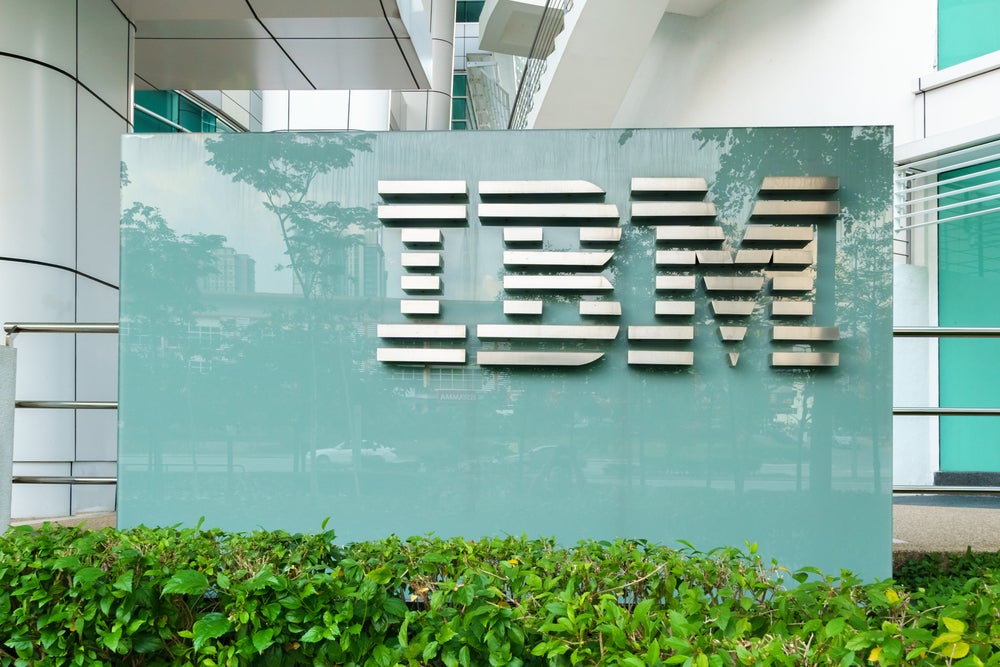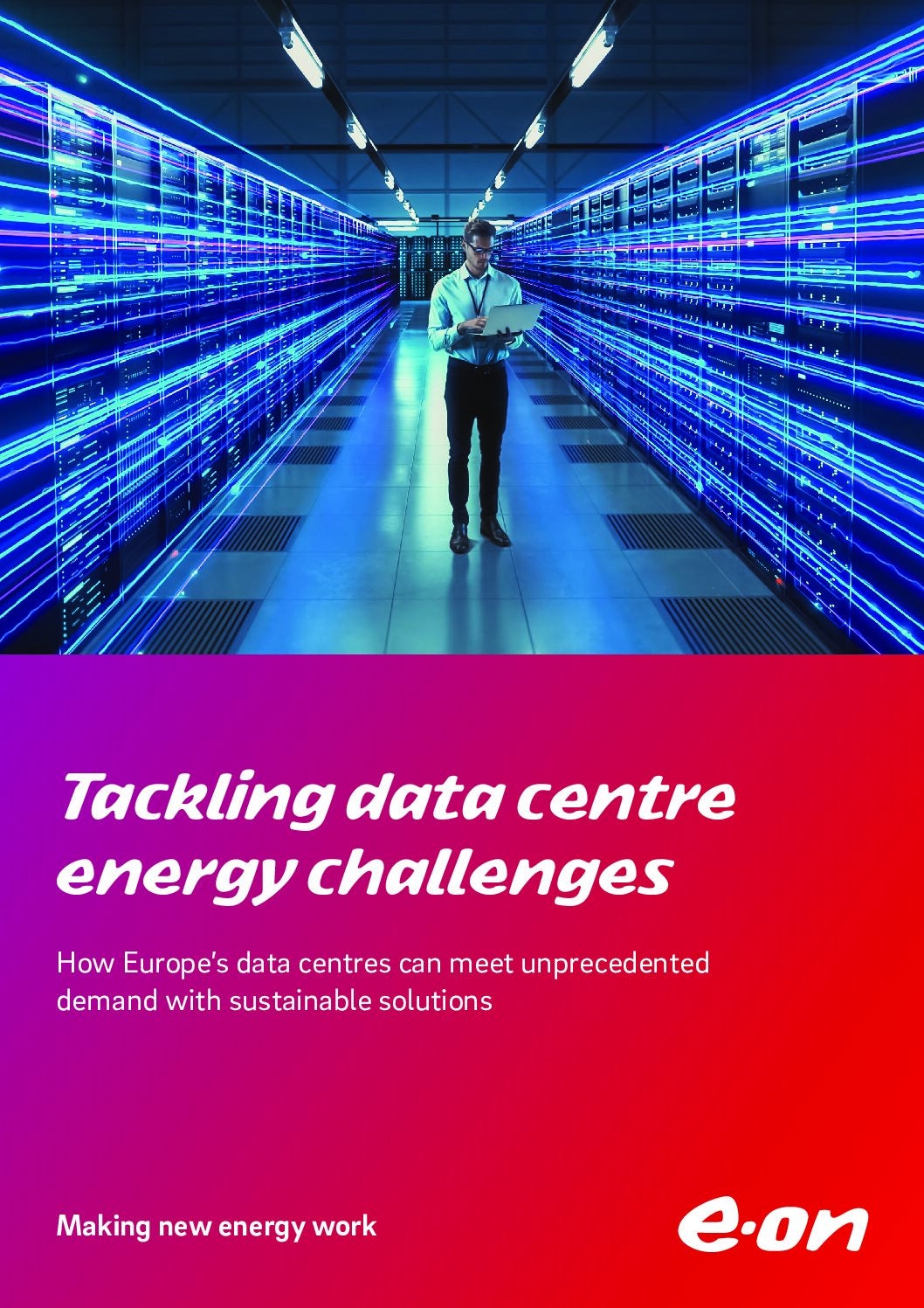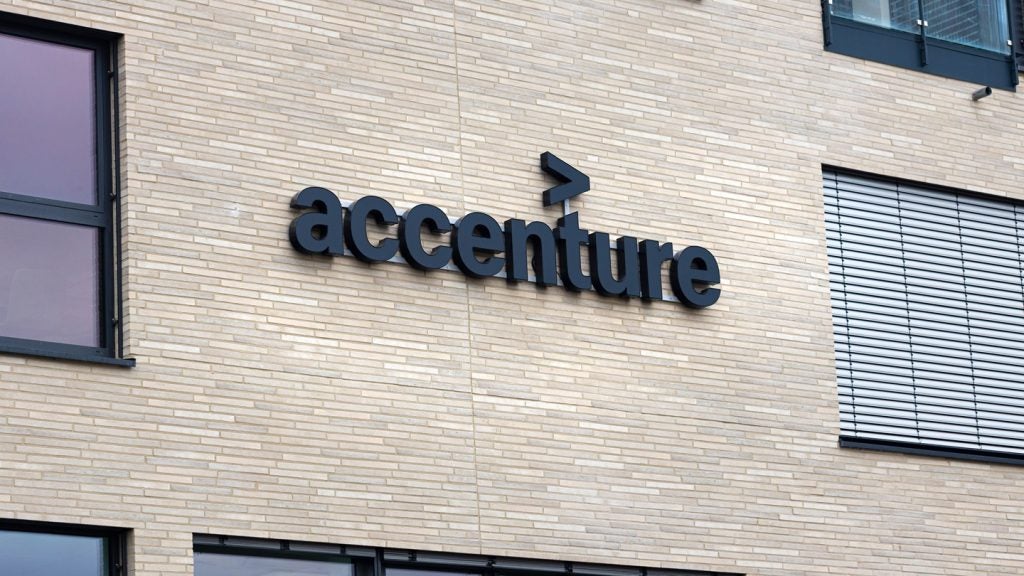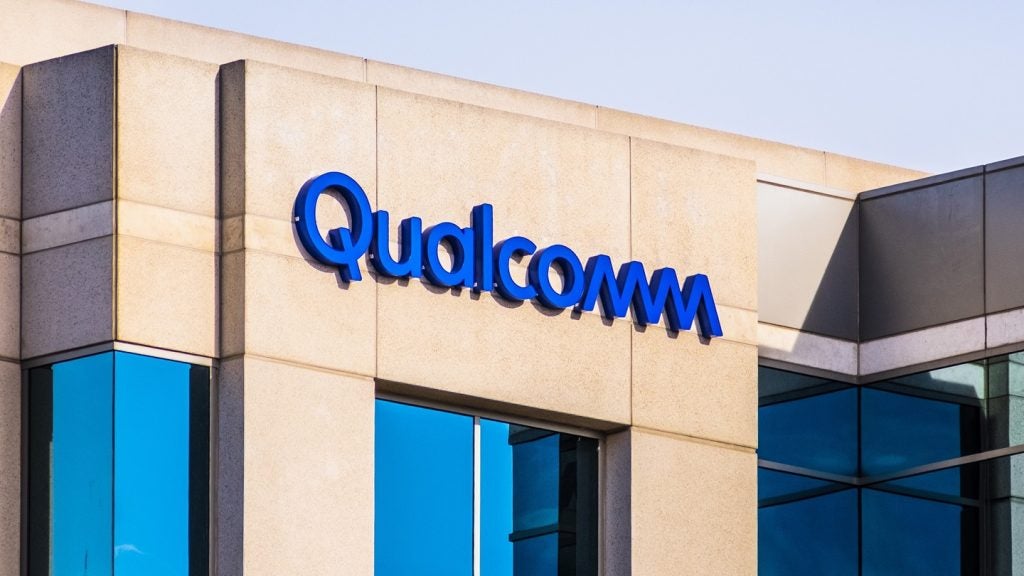Alongside application performance, resource management and cost management, another area that is expected to see growing demand is GreenOps – the management of the environment impact of an enterprise’s IT.
IBM is one of the few vendors that has added GreenOps as part of its range of technology business management solutions. Through IBM Envizi, the company is able to help customers establish the baseline for measurement, analyse the data and develop action plans, perform the actions to drive sustainability outcomes, and report on the progress and meet compliance.

US Tariffs are shifting - will you react or anticipate?
Don’t let policy changes catch you off guard. Stay proactive with real-time data and expert analysis.
By GlobalDataWhile there are other vendors offering this capability – such as SAP Sustainability Control Tower and Workiva, it is a less crowded space and gives IBM a competitive edge.
Demand for GreenOps
The demand for GreenOps will be driven by regulations especially in Europe with the adoption of the European Sustainability Reporting Standards (ESRS). While enterprises are required to report their sustainability information, most organisations do not know how to comply with the standards and keep up with the changes.
While this is still a nascent development, and many enterprises may not be keen in wanting to report their sustainability information voluntarily, things will gradually change. Similar regulatory requirements could be adopted by other countries.
For example, Australia has also established the Australian Sustainability Reporting Standards (ASRS). As reporting becomes a regulatory requirement in more countries, it will be a challenge for enterprises operating in multiple countries and/or regions.
Is ‘Big Blue’ becoming ‘Big Green’?
GreenOps should be seen as a component of the overall management of technology.
IBM for example has developed capabilities (partly through acquisitions) to give enterprises better visibility and control over their IT assets. IBM Instana provides observability and AIOps, which is crucial for IT to quickly pin-point and remediate an incident to reduce downtime.
Turbonomc and Cloudability further enhances IBM’s FinOps capability helping enterprises optimise cloud resources and manage cloud costs. IBM’s Apptio extends to the full IT Finance Management helping enterprises to manage their budget and develop forecasts.
Having more accurate forecast is critical especially when IT is now increasingly scalable. Moreover, there are new challenges posed by the implementation of GenAI solutions.
The ability to better forecast the cost of a GenAI project will give enterprises greater confidence in putting it to production and scale. However, enterprises are not just looking for another set of tools, but they need technology partners that can help them address their business needs. They are often constrained by internal skills and resources.
A strong focus on sustainability
Consulting firms, system integrators and managed services providers are therefore in a good spot to support enterprises by helping them develop the strategy and choose the right management tools.
In fact, most global system integrators have a strong focus on sustainability and some have already developed services including compliance, reporting and governance. These service providers should work with technology vendors to raise awareness around how to better achieve sustainability objectives.










